Over the past century, numerous great collectors have emerged but few have possessed the eye, nose, and sensitivity that set Geo Poletti apart. He stands out as one of the most emblematic figures in the collecting scene during the second half of the twentieth century. In truth, Ruggero Poletti, known to all as Geo (Milan, 1926 – Como, 2012), was not a mere collector, but rather a true picture hunter, playing the less obvious roles. A marchand amateur with an innate ability to attribute, cultivated daily through constant study and timely updating, led him to collect, even compulsively, magazines, catalogs, and monographs, eventually building a well-stocked library.
Geo Poletti’s gift for connoisseurship was further refined through a dense network of relationships with the leading scholars of the time, starting with none other than Roberto Longhi. These acquaintances left an indelible mark on Geo’s spirit, so much so that his apartment in Via Cernaia, Milan, almost resembled a gathering of art historians. It was there that Poletti often engaged in discussions with specialists in the field, exchanging views with Mina Gregori, Federico Zeri, and Alvar González-Palacios, among others. But it was primarily there that he forged a relationship with Giovanni Testori (1923-1993), who would soon become a pivotal figure, known as ‘Uncle Gianni’ to the Poletti children, who now serve as the guardians of their father’s memory.
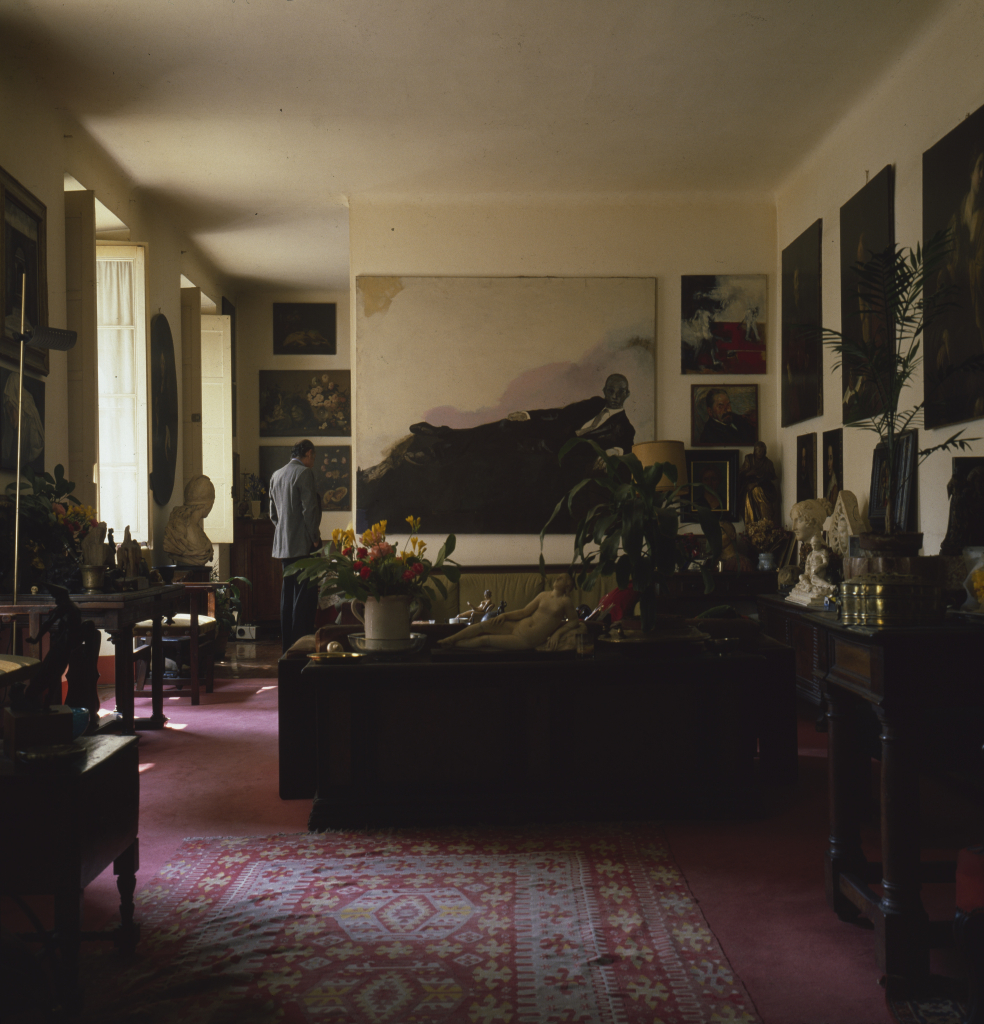
By following in the footsteps of this Longhian circle, Geo Poletti, like a patient sniper perched on the bell tower, honed his aim, honing in on a distinct collector’s taste. This led him to prioritize the great protagonists of 17th and 18th century Lombard painting. This sparked a deep, yet not exclusive, interest in the figurative culture of the early seventeenth century, dominated by the artistic climate of Cerano and Morazzone and the naturalistic tensions of Tanzio da Varallo and Daniele Crespi. A special focus was placed on the leading figures of the ‘reality painting’ movement, with Giacomo Ceruti and Fra Galgario taking center stage. These names, once shrouded in obscurity beyond the inner circle of art experts, were brought to life by Geo, who, in partnership with Testori, opened the doors of the art world to a new wave of painters.
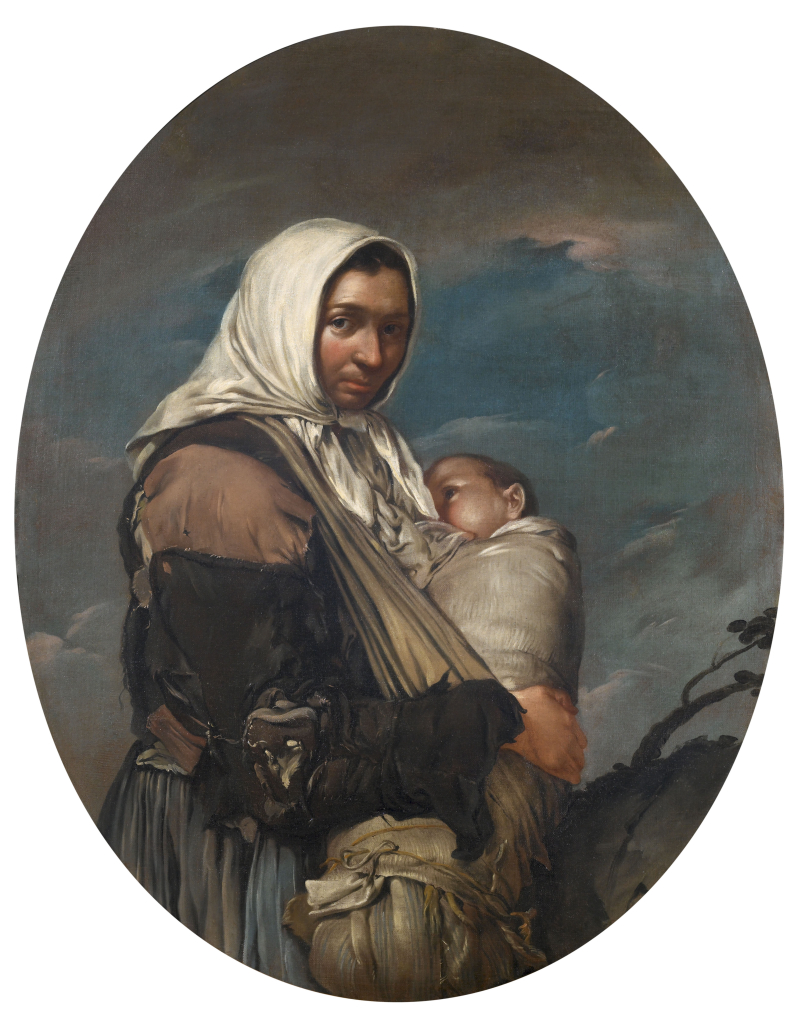
It’s hard to forget the first solo exhibition dedicated to Ceruti, a true masterpiece of art, held at the Finarte Gallery of Casimiro Porro in Milan, back in 1966. A showcase that sparked from the dynamic, ever-evolving, and never one-sided relationship between Geo Poletti and Testori. Just as we cannot overlook the numerous donations Poletti himself made to some of the most renowned museums in northern Italy, such as the poignant San Francesco, bearing the stigmata, which was gifted to the Pinacoteca di Brera in 1969 by Geo. Or the captivating Holy Family with Saint Anthony of Padua, a masterpiece by the visionary Paolo Pagani da Valsolda, a master of the late seventeenth century in Lombardy, whose rediscovery is attributed to Poletti as a putative father.
But, as always happens when navigating the icy depths of art history, an iceberg is never just a tip. And while it may not be easy to delve into its roots, if we want to uncover the secrets of the trade, it’s best to rely on those instances that, more than others, can guide us closer to the truth. This is also thanks to the passionate and methodical research conducted by Paolo Vanoli and Alessandro Morandotti during the captivating exhibition dedicated to the two souls of Geo, that of painter and collector, held last year at the Pinacoteca Civica in Como. One of the most striking examples of this is undoubtedly the breath-taking Venus and Love, a masterpiece that epitomizes the artistic genius of Camillo Boccaccino from Cremona, as well as the entire Mannerist movement in northern Italy. This painting, beyond being a litmus test for Geo’s diverse interests – which, as we know, also touched on Caravaggism, the world of still life, and, more fleetingly, 16th-century painting – reveals the discerning eye of a connoisseur that set him apart from other collectors. Although the attribution to Camillo had already been proposed by Giorgio Faggin in 1963 in the pages of ‘Emporium’, the canvas, previously attributed to Dosso Dossi, had been gravitating with increasing conviction and danger into Lavinia Fontana’s orbit for some time. So much so that it was precisely with that reference that the painting made its public appearance at the London auction of Sotheby’s on June 5, 1974. Geo, who had flown to London to personally assess the painting, won lot 120, purchasing it as Boccaccino. A few days later, Testori would also examine the piece.

The acquisition of the Venus of Camillus is the culmination of a cultured operation, where the eye, study, friendships, and market intertwine in a relentless thirst for collecting, always accompanied by a lofty pursuit of quality. A thirst that, to be honest, drove him to venture into truly uncharted waters. This is evidenced not only by the case of Paolo Pagani, but also by the discovery of a pair of canvases, previously unknown to scholars, each depicting a picturesque figure advancing towards the viewer, holding a basket of fruit in their hands.
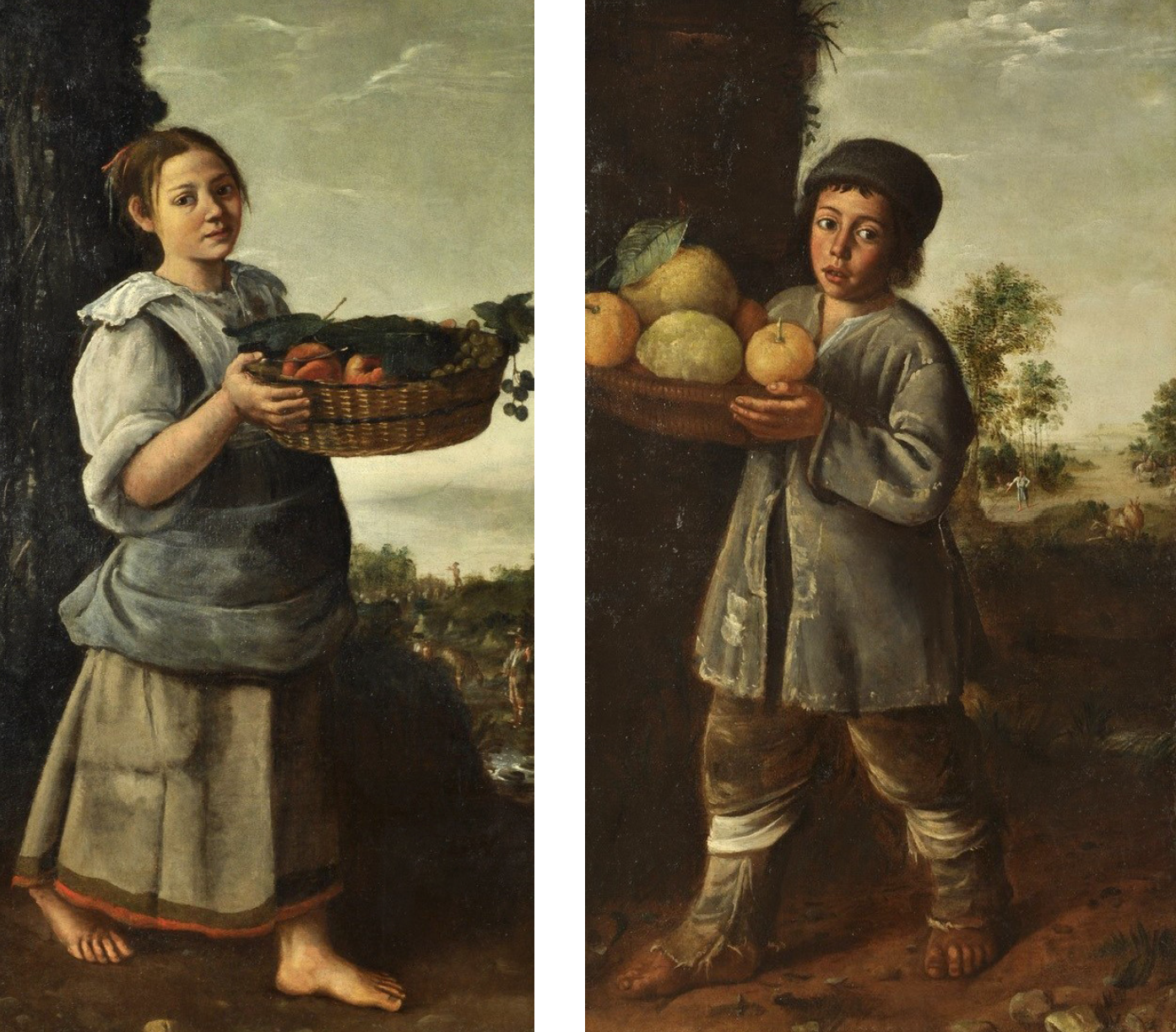
A pendant that, perhaps inspired by these ‘pitocchesche e naturamortiste’ co-existences, caught the eye of Geo Poletti. In 1977, he sought the expert opinion of Federico Zeri, sending him a collection of black and white photographs, now preserved in the Bolognese Foundation of the same name. The question, however, did not reach a solution that satisfied the discerning eye of the Roman connoisseur. The matter remained unresolved, and the reproductions were cataloged in Zeri’s photographic archive with a generic reference to the 17th-century Lombard school. Meanwhile, Geo decided to part ways with the paintings, which, not surprisingly, resurfaced a few decades ago at a residence on Lake Como, where they were discovered by Stefano and Guido Cribiori. In retrospect, we can confidently declare that these were two previously unknown works by Sebastiano Giuliense, known as Sebastianone, a captivating and mischievous painter who garnered immense acclaim in the 17th and 18th-century Lombard collections, yet remained virtually unrecognized during his time. And so, the allure of the unknown and the desire to unravel a long-standing mystery ignited the insatiable curiosity of Geo, the hunter-painter, fueling his passion for discovery.
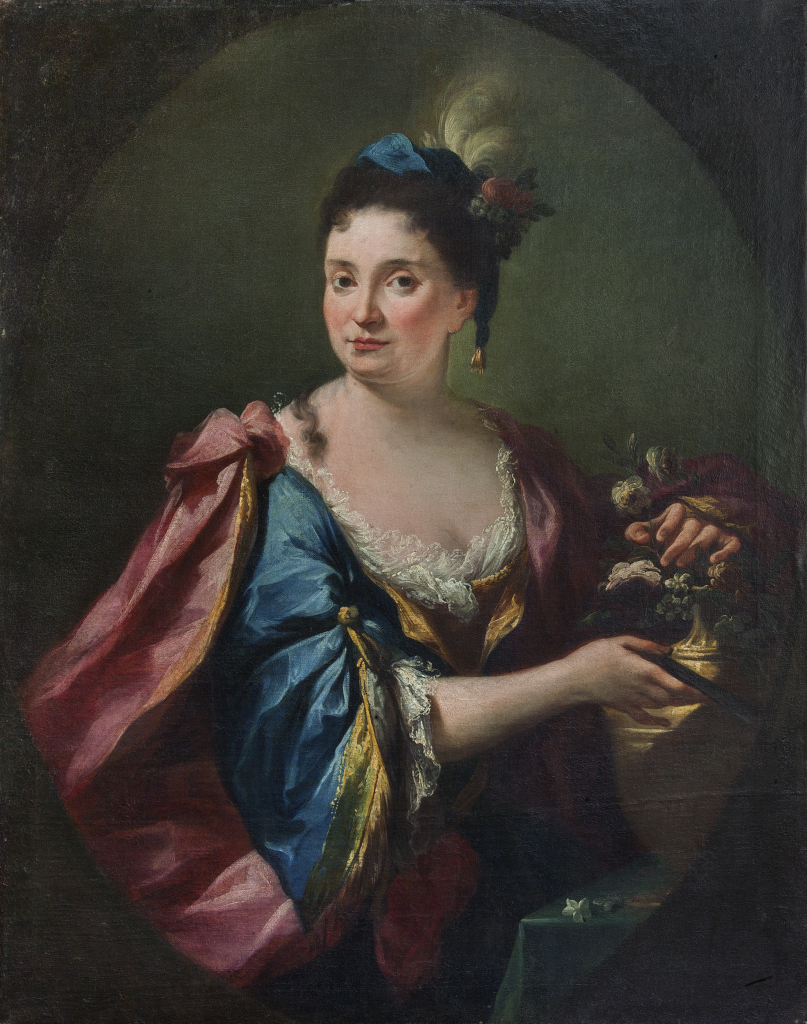
The journey of Geo Poletti’s discovery of these two paintings remains a mystery, as the market’s many purchases, typically traceable ab anno, rarely reveal ad nomen. For instance, we know that Malcolm Waddington snagged Giulio Cesare Procaccini’s Liberation of St. Peter from Prison in London during the early 1980s. However, we’re left in the dark about how the Portrait of Caterina Corbellini, painted by Carlo Innocenzo Carloni from Como around 1735, found its way into the Poletti collection. A canvas, this last, that conceals a hidden gem of Geo’s work, revealed only when the piece was donated to the Pinacoteca di Brera in 2009.
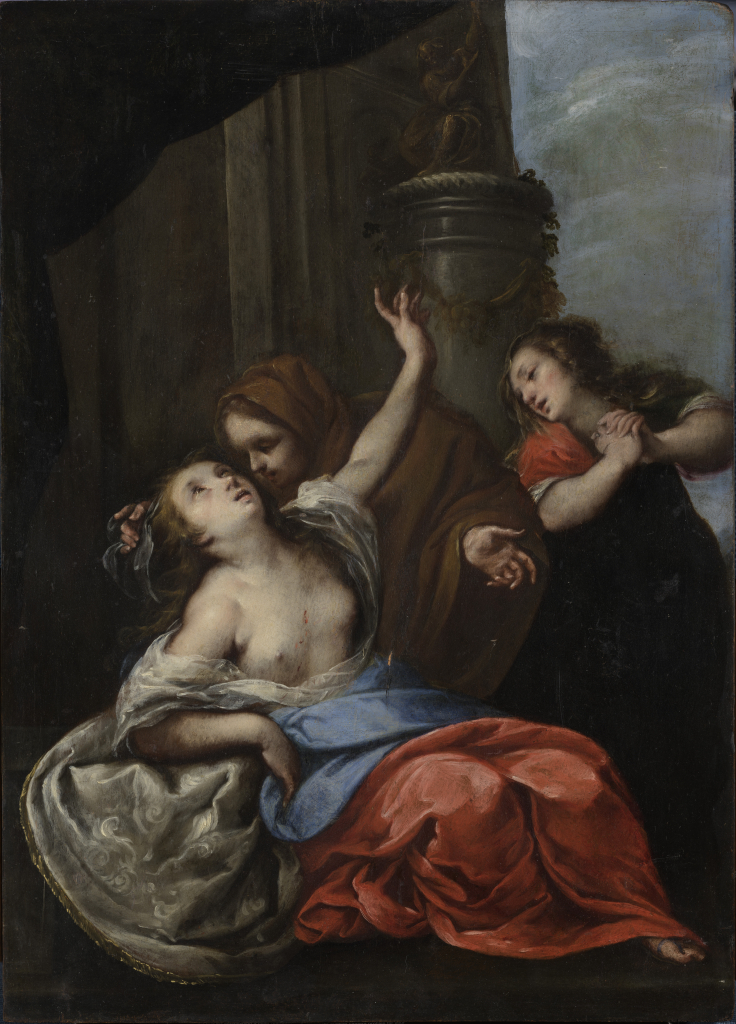
In some instances, such as the poignant Dido by Carlo Francesco Nuvolone or the more raw Pig’s Head, once attributed to Ceruti but now recognized as the work of German artist Michael Hartwagner, Geo Poletti’s name intersects with that of Enos Malagutti (1913-1994), a painter-restorer-merchant from Mantua, active in Milan. In other instances, his orbit intersects with that of a truly enigmatic character, shrouded in mystery. I’m referring to the elusive ‘count’ from Turin, Filippo Giordano delle Lanze (1924-1970), a mysterious figure who met a tragic end in his Venetian home. Despite his untimely demise, he played a significant role in the art market during the last century’s third quarter, even being immortalized in a portrait by Poletti himself in 1967. A whirlwind of years, this, not at all obvious if you think that just the year before, in 1966, the spectacular Adoration of the Shepherds by Tanzio da Varallo was acquired by the Palazzo Madama museum directly from Delle Lanze, who, in turn, had received it from Geo. But that’s not all, considering that the work had previously been returned to Tanzio by Testori, who, in 1959, seized the opportunity to present it to the public, showcasing it at the inaugural monographic exhibition dedicated to the Valsesian painter. The result is a complex web of relationships that reveals a certain familiarity among these intriguing personalities, who were active in Lombardy and Piedmont and gravitated around Geo in various ways. Here the roads intersect, yet the path becomes increasingly blurred, suggesting that Poletti ventured beyond the usual auction and market channels, embracing a more clandestine approach, reminiscent of a secret society. After all, it’s not that surprising: the true hunter, or the true marksman, is one who moves with stealth, swift and meticulous, leaving no trace or hint of their passage, poised to pull the trigger at the perfect moment. Bang.
18 December 2024


